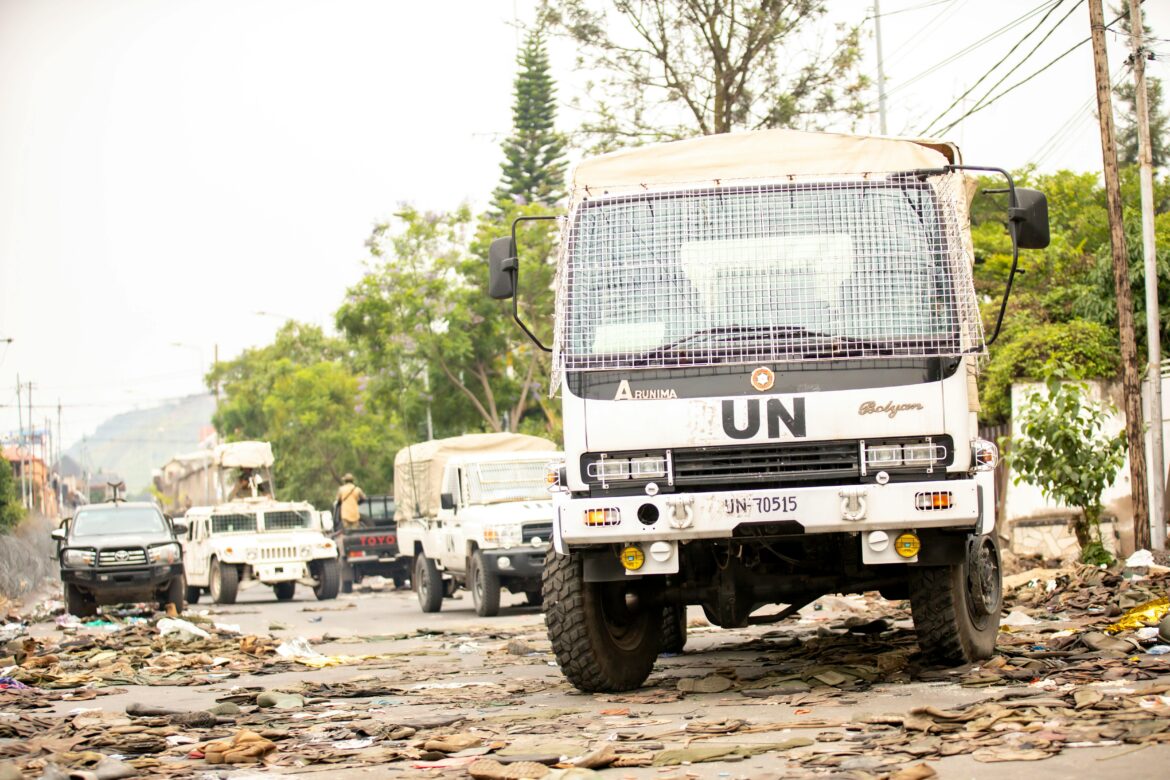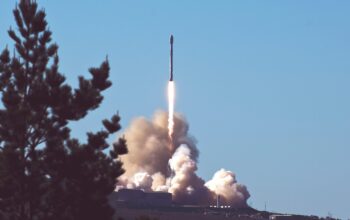Israel’s military announced a partial and temporary halt to operations in key areas of Gaza today, marking the first significant shift in battlefield activity since the offensive escalated in May. Billed as a humanitarian gesture, the move introduces “daily tactical pauses” to facilitate urgently needed aid deliveries amid international condemnation of a worsening starvation crisis in Gaza.
While the Israeli Defence Forces (IDF) maintain that the pauses are aimed at “mitigating civilian suffering,” critics—from UN agencies to global health bodies—are calling the measure insufficient, performative, and dangerously delayed.
Daily Tactical Pauses: A New Battlefield Routine
Beginning July 28, Israel has instituted combat pauses from 10 a.m. to 8 p.m. daily in three key zones: Gaza City, Deir al‑Balah, and al‑Mawasi. In addition, safe travel corridors will remain open from 6 a.m. to 11 p.m., allowing humanitarian convoys, medical workers, and aid agencies to move food, water, and medicine into devastated regions.
This announcement follows weeks of pressure from aid organisations, allied governments, and even domestic Israeli advocacy groups demanding immediate relief for Gaza’s 2.2 million besieged residents—many of whom have been displaced multiple times.
What’s Being Delivered?
The new policy enabled 120 aid trucks to enter Gaza on Monday, carrying a mixture of food parcels, infant formula, medical kits, and fuel for generators. Concurrently, Jordan and the UAE conducted joint airdrops, targeting isolated communities in central and southern Gaza, where overland delivery remains unfeasible due to road damage and ongoing security risks.
The World Health Organization (WHO) confirmed it had successfully restocked at least three field hospitals in southern Gaza with essential supplies by midday.
However, logistical concerns remain: distribution networks are barely functioning, many local staff have fled or are unaccounted for, and black markets have surged—further destabilising efforts to reach the most vulnerable.
Humanitarian Conditions: The Tipping Point
According to the UN Office for the Coordination of Humanitarian Affairs (OCHA), malnutrition has reached critical levels in Gaza. In July alone:
- 59,800+ Palestinians have been killed since the conflict reignited in May, according to Gaza Health Ministry reports.
- Over 1,700 children are suffering from acute malnutrition, with 63 confirmed child deaths due directly to starvation in the last four weeks.
- WHO warns of a “dangerous trajectory” where even minor disruptions in aid could trigger a full-scale famine.
This week’s tactical pause follows a wave of alarming global reports featuring skeletal children, collapsed food warehouses, and patients in Rafah’s hospitals dying due to lack of medicine or power.
A Performative Pause?
Despite Israel’s announcement, many humanitarian groups are unconvinced. The United Nations, Médecins Sans Frontières (Doctors Without Borders), and Save the Children released statements describing the action as “a drop in the ocean” and calling for a full ceasefire instead of a choreographed pause that “places all control in the hands of the aggressor.”
Israeli human rights NGO B’Tselem went further, accusing the IDF of “weaponising humanitarian access”—delaying until international attention made inaction diplomatically untenable.
Physicians for Human Rights Israel declared that Israel’s conduct toward aid is “neither logistical nor accidental. It is deliberate starvation.”
Israeli Government Stance
The Israeli government continues to defend its policy of restricting aid entry, citing the risk of materials being diverted by Hamas for military use. In response to this concern, Israel has proposed a “neutral intermediary framework” where aid deliveries would bypass Hamas entirely—possibly involving Egypt, the UAE, and the U.S.
This proposed system, however, has been rejected by the UN, which argues it could further displace civilians, politicise food access, and violate humanitarian neutrality.
In response to the backlash, Israel has also reconnected electricity to one of Gaza’s largest desalination plants, restoring water access to over 400,000 people.
U.S. and UK Involvement
Today’s development coincides with former President Donald Trump and UK Prime Minister Keir Starmer jointly announcing a $60 million U.S. aid initiative, which includes the deployment of international food corridors monitored by neutral observers.
Trump’s declaration that “there is real starvation” and his criticism of Israel’s restrictive aid policy may have catalyzed today’s IDF announcement. The timing also reflects mounting pressure on Israel to avoid alienating key Western allies amid shifting public opinion.
Real Impact or Window Dressing?
Despite the announcement’s headlines, aid officials on the ground warn the impact will remain minimal unless Israel lifts more systemic restrictions.
- Entry approvals for UN trucks remain limited and inconsistent.
- Fuel deliveries are insufficient to power all hospitals or desalination plants.
- Movement restrictions on aid workers continue to cripple last-mile delivery.
- Ongoing airstrikes outside the paused zones create widespread fear and confusion.
Local relief workers in southern Gaza say the “pause” has not translated into real safety, with many residents too terrified to leave shelters or aid trucks blocked by checkpoints.
Final Thoughts
Israel’s decision to pause military operations in parts of Gaza—under mounting diplomatic, media, and humanitarian pressure—is a symbolic admission of the suffering unfolding in real time. But symbolism cannot fill stomachs, nor can it erase the consequences of months of siege, blockade, and aerial bombardment.
Unless followed by structural change—open crossings, consistent deliveries, and neutral monitoring—these tactical pauses may serve more as political cover than as a genuine effort to end starvation.
For millions trapped in Gaza, relief is still measured not in promises, but in pallets of food, working generators, and the silence of bombs.
FAQs
What are Israel’s tactical pauses in Gaza?
They are daily suspensions of military activity (10 a.m.–8 p.m.) in specific Gaza zones to allow humanitarian aid delivery.
What kind of aid is entering Gaza now?
Food, medicine, fuel, and medical equipment via UN trucks and international airdrops, reaching select areas.
Why are aid groups criticising the move?
They argue the pauses are symbolic and don’t address the underlying restrictions or scale of need in Gaza.
Has the U.S. played a role in this shift?
Yes. Trump’s comments acknowledging starvation and the new $60 million U.S. aid plan likely influenced the Israeli decision.
Is this a step toward a ceasefire?
Not officially. The IDF says it will continue operations elsewhere. Aid groups fear the pauses may be temporary or PR-driven.
Resources & References
- The Guardian: Tactical Pause Coverage
- AP: Gaza Aid Update
- The Week: Aid Operations in Gaza
- JTA: UN Aid Operations
- SVD: Human Rights Groups Respond
Disclaimer
This article is based entirely on verified information from internationally recognized media and humanitarian organizations. No speculative content has been included. The Breadline Bulletin maintains strict editorial standards of neutrality and accuracy, especially on international conflict coverage.
SEO Meta Info
SEO Title: Israel Halts Gaza Strikes for Daily Aid Access
Slug: israel-gaza-tactical-aid-pause-2025
Meta Description: Israel pauses Gaza attacks daily to allow aid entry. Critics say it’s too little, too late amid rising famine and global pressure.


